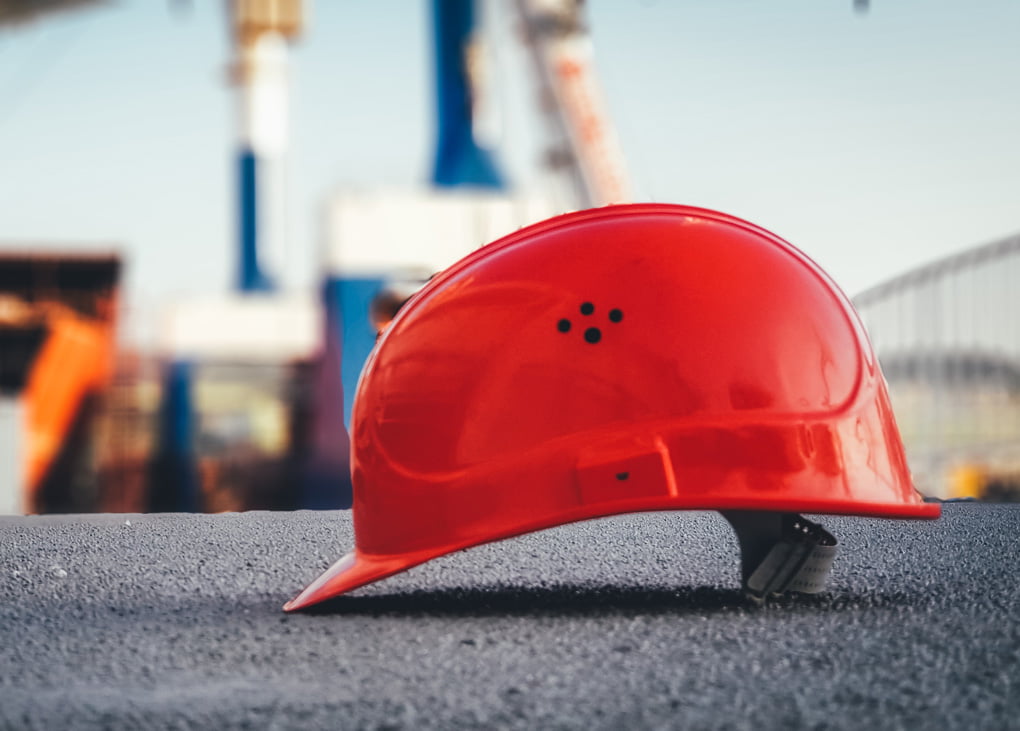Researchers at the University of South Australia (UniSA) are investigating the reasons behind the high rates of suicide in the construction sector. Construction workers are six times more likely to die from suicide than from a workplace accident.
Supported by the industry body MATES in Construction and the Alison Milner Memorial Scholarship, the research will identify interventions that could help.
Lead researcher and UniSA PhD candidate Simon Tyler says 26 potential drivers of suicide have been found. These include some that have previously received little attention – such as those inherent to the construction sector.
“Part of the problem resides in the industry itself,” says Tyler. “It’s highly transient, with most workers employed on a project-by-project basis – so there’s little opportunity for workers to build workplace supports or friendships.
“Another issue is persistent stereotypical concepts of masculinity, which can have a big impact on mental health. So, when workers put up strong exteriors to detract from their issues or insecurities, they’re also shielding themselves from supports.
“Unfortunately, such unhelpful masculine attitudes and behaviours can result in negative outcomes, such as bullying, which can escalate over time.”
By examining these and other potential stressors in the sector, including work hours, job demands and legislation, the team hopes to develop best-practice approaches to reduce rates of suicide. This includes recommendations not just for individuals, but also for organisations.
“The building and construction industry can help by understanding the role of the potential drivers in suicide and mental health states of employees and attempt to mitigate the role they play by making changes where possible,” Tyler says.
“Providing support services to employees such as Employee Assistance Programs and promotion of services such as MATES in Construction reduces stigma around seeking help that may be generated by cultures of masculine norm adherence.
“Additionally, industry review of workplace factors, such as extensive work hours, high levels of job demand and workplace transience is needed to mitigate the potential role of these factors on suicide outcomes.”
Although the research was completed before the pandemic, Tyler says that COVID-19 has undoubtedly put more strain on workers.
“External pressures that may increase suicide risk are apparent within the community,” he says. “While there has been no indication of an increase in the suicide rate during the pandemic, the industry should be aware of the possibility of an increase in levels of distress in the industry, and place significant focus on supporting those within the workforce were possible.”
With RUOK? Day and Fly the Flag Day on September 9 and World Suicide Prevention Day on September 10, Senior UniSA Researcher and mental health and suicide prevention expert, Professor Nicholas Procter, says it’s time to draw attention to the serious issues affecting construction industry workers.
“Asking important questions, such as, ‘Are you OK?” can certainly interrupt the suicide trajectory,” says Professor Procter. “We can have so many touchpoints – at home, at work, even in a casual conversation with a person we may meet for just a brief period. But by making the most of various touchpoints we might just give some support to a person in distress.
“Suicide prevention is best achieved when individuals and communities play a part in understanding and responding to a person in need.”
UniSA is launching a new Mental Health Research Fund to help tackle critical frontline issues. To find out more, click here.
 Mark Vender
Mark Vender


Leave a Reply